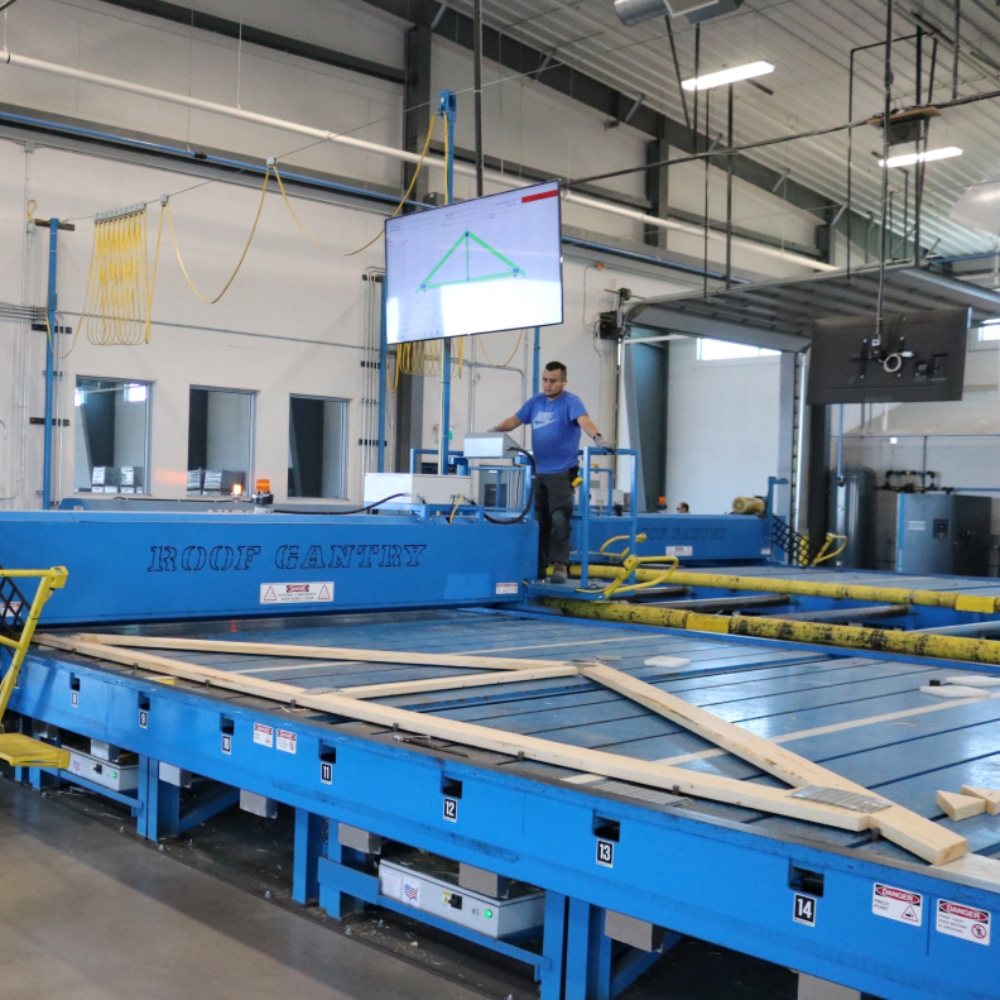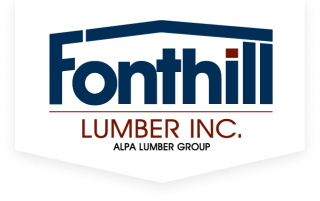The Science Behind The Strength Of Roof Trusses

Did you know that structural engineers consider triangles to be the strongest shape on this planet?
Well, guess what else is triangular in shape!
Roof trusses!
An essential part of residential construction, roof trusses excel in offering structural support and stability to the buildings they are a part of. Their triangular design ensures the efficient distribution of load, which in turn, makes them a stronger and more reliable option for roofs when compared with traditional rafters.
That said, there’s more to their strength than meets the eye. In this blog, we are going to take a closer look at the engineering principles that govern roof trusses, how they work and what makes them a strong roof structure.
Exploring The Anatomy Of A Roof Truss
A prefabricated framework of interconnected triangular units, roof trusses are made of three distinct elements. Let’s check them out:
- Top Chords: These consist of the uppermost beams, and they are responsible for forming the roof’s slope.
- Bottom Chord: This is the base horizontal beam of this triangular structure. Its primary purpose is to support the ceiling or the floor above it.
- Web Members: The top and bottom chords are connected by vertical and diagonal bases. These bases are known as web members and they help in the formation of the distinct triangular shape of roof trusses.
The Science Behind Their Robustness
As we said before, the shape of a triangle is widely considered to be the strongest shape out there. Its stable geometric structure ensures the even distribution of force across all its sides. Triangles do not deform under pressure, unlike rectangles. They actually retain their shape when exposed to external forces. In fact, they are inherently stable, and this is why roof trusses are made up of multiple triangular structures - so they can stand the test of time.
How Roof Trusses Distribute Load & Transfer Force
Every residential roof truss is designed to specifically handle two different types of loads. These are:
- Dead Loads: This includes the weight of the roof itself along with the elements that make it up including sheathing, insulation, and shingles.
- Live Loads: Any temporary load can be defined as live load such as wind, snow or even the occasional presence of maintenance workers.
Any external force applied to the roof, such as wind or snow, gets equally distributed throughout the structure of the truss. While the top chords go through compression, the bottom ones face tension. As for the web members, they end up distributing these forces. The result is a reduction in the likelihood of structural failures as this shape prevents localized stress.
The Role Of Material Strength
A typical residential roof truss will be made of either one of these two materials - pressure-treated timber or engineered lumber. The major advantage of roof systems made of wood is that they are both lightweight and cost-effective while being easy to assemble. As for the choice of wood, that is dependent on multiple factors including the project’s load requirements, climate conditions and budget.
The Contribution Of Connection Points & Fasteners
While the structure of a roof truss greatly contributes to its strength, the connection points and fasteners used also have a role to play. The most commonly used types of connections are:
- Gusset Plates: These plates are either made of metal or plywood. They serve a dual purpose - reinforcing joints and ensuring the even distribution of load.
- Bolts, Nails & Screws: These fasteners help in preserving the structural integrity of the trusses, and provide additional support.
How Bracing Improves Stability
Certain bracing techniques can greatly enhance the inherent stability of roof trusses. These include:
- Lateral Bracing: Prevent buckling and assists in the distribution of load.
- Diagonal Bracing: Increases the strength of the structure by counteracting lateral forces.
Conclusion
A genius combination of geometry, material science and precise construction, it’s safe to call roof trusses a marvel of engineering. Their strength and reliability are bar none. If you have residential projects in the pipeline and are looking for the best roof trusses for them, Fonthill Lumber Inc. has you covered. Contact us today to lend your projects with the extra strength and durability they deserve.


